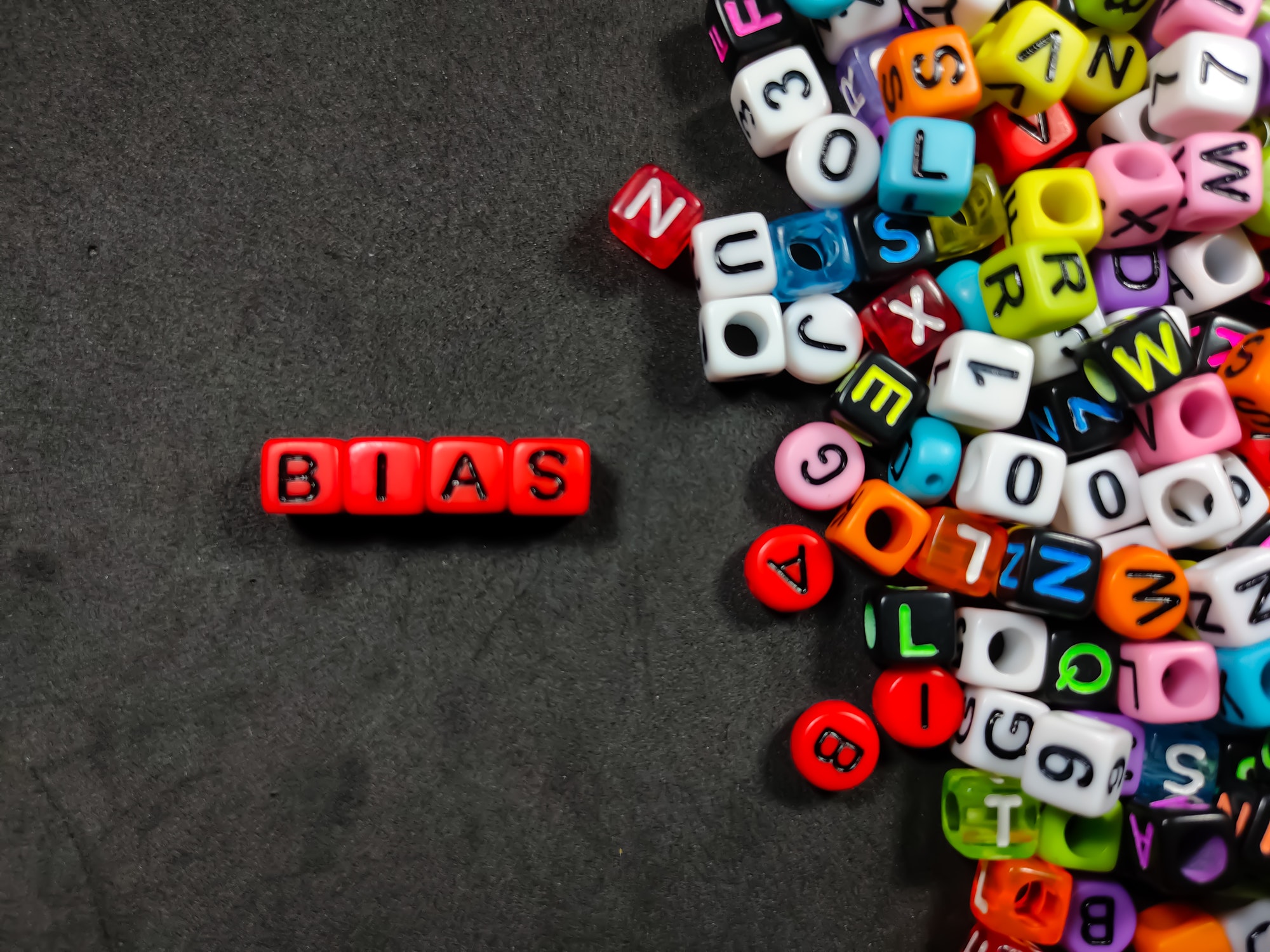Leading with Emotional Intelligence in a Hybrid Work Environment
The rise of hybrid work models has redefined the landscape of leadership. While offering flexibility and convenience, managing a team scattered across physical and virtual spaces p

One of my colleagues was interviewing candidates for a role and I was part of the panel. While interviewing one of the candidates, it emerged that he was from the same Engineering Institute as my colleague though they were from batches about a decade apart. I found a significant change in the body language of my colleague. The questions that he was asking seemed to be directed towards what the candidate was comfortable with. I realised that this was an instance of affinity bias – one of the types of biases that we unconsciously possess.
Unconscious biases are beliefs and attitudes that we hold subconsciously, thereby impacting how we think and feel about others around us. It makes us form stereotypes about people. In the situation above, the hiring manager was subconsciously trying to favour a candidate from his same alma mater without even realising it.
The subconscious beliefs that we are subjected to, raises a few questions. Should we not have biases? Is it a weakness? Certainly no. It makes us a human. After all even technology is affected by this syndrome of unconscious bias. Let us look at an example. If you search an internet search engine for “images of secretaries” you will get the first 15 images of women as secretaries. This is a bias that the search engine assumes that stereotypes secretaries are women. However we know that secretaries can be male as well.
The human brain categorises the information we receive. The effort therefore would be to sift these images to ensure that we do not subconsciously make a decision that will then make us search for justifications to reinforce this view and rule out other views. This search to reinforce our view is called as a confirmation bias. Our brain tends to look for arguments and actions that support our views, in other words help us confirm to our views.
Unconscious biases are everywhere. Tasting food, responding to e mails, etc. The intense discussions on social media regarding politics, religion, etc are good examples. People form an opinion on a subject and then search for arguments supporting their hypothesis or demolishing a contrarian view. This results in a biased approach and the casualty is an informed discussion that could otherwise lead to a more balanced outlook.
How can we then manage the unconscious bias?
The first step is to accept that we all possess unconscious biases. The human brain has this programmed. The next step is to become aware. Watching our emotions and feelings when we try to justify our biases can be an important identification. Our feelings when confronted with an alternate viewpoint is also an important identifier. When we feel our body stiffening, start getting impatient, and tend to make rapid decisions, we are following our biases. It is important to stop, breathe, relax and then proceed. Avoid making assumptions. This is especially true when we stereotype people or make assumptions about people. Letting go, accepting that we are wrong and being honest will go a long way in helping deal with biases. It will open up our mind to different viewpoints and this will enable our growth as an individual and a leader.
The rise of hybrid work models has redefined the landscape of leadership. While offering flexibility and convenience, managing a team scattered across physical and virtual spaces p
In the journey of self-development, there comes a time when we encounter the formidable obstacle known as feeling stuck. It's a universal experience, yet its impact can be profound
Navigating Career Transitions: The Role of Coaching in Times of Change Giridhar 2024/02/19 Career Transitions In the fast-paced corporate landscape, career transitions have become
Authentic Leadership embodies a profound connection between leaders and their teams, fostering a culture of trust, respect, and collaboration. At its core, it emphasizes genuine in
Dive into the world of visualization and unlock your true potential! Our latest blog explores how this powerful tool can propel you towards success, boost confidence, and cultivate
Discover the transformative impact of coaching on leadership with Reframing Visions. Elevate your leadership style through strategic, authentic coaching
Embark on a transformative journey with Reframing Visions, your ultimate ally in corporate leadership training and coaching. Uncover the six compelling reasons why our executive co
Revolutionising Leadership: An Unique Approach by Reframing Visions Giridhar 2024/01/19 Mentorship Revolutionising Leadership: An Unique Approach by Reframing Visions In the fast-p
I have often witnessed the transformative force of self-awareness during my coaching. Often, it’s a concept discussed within the contexts of personal development, leadership, and

Subscribe to our newsletter and stay updated on our knowledge resources as we post
© 2023 All rights reserved